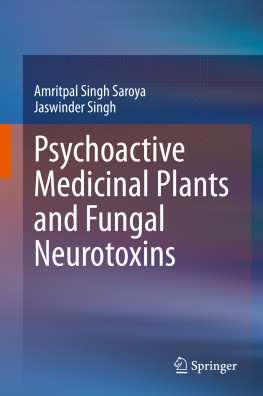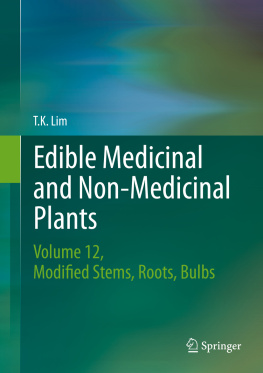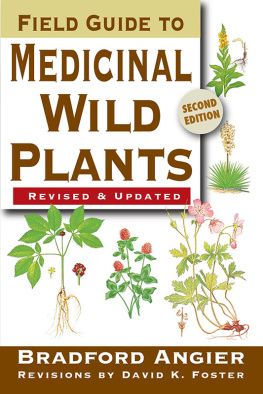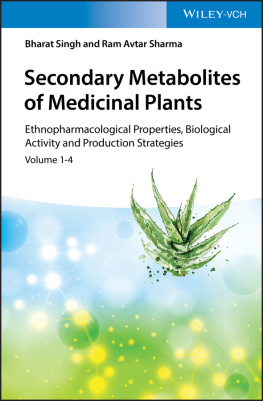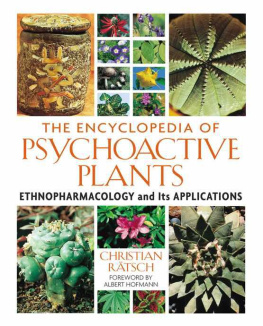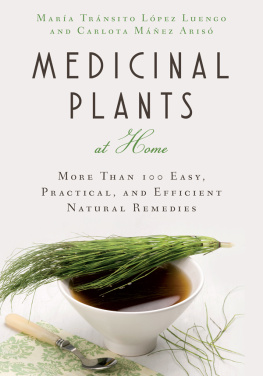Amritpal Singh Saroya - Psychoactive Medicinal Plants and Fungal Neurotoxins
Here you can read online Amritpal Singh Saroya - Psychoactive Medicinal Plants and Fungal Neurotoxins full text of the book (entire story) in english for free. Download pdf and epub, get meaning, cover and reviews about this ebook. year: 2020, publisher: Springer Singapore, genre: Romance novel. Description of the work, (preface) as well as reviews are available. Best literature library LitArk.com created for fans of good reading and offers a wide selection of genres:
Romance novel
Science fiction
Adventure
Detective
Science
History
Home and family
Prose
Art
Politics
Computer
Non-fiction
Religion
Business
Children
Humor
Choose a favorite category and find really read worthwhile books. Enjoy immersion in the world of imagination, feel the emotions of the characters or learn something new for yourself, make an fascinating discovery.
- Book:Psychoactive Medicinal Plants and Fungal Neurotoxins
- Author:
- Publisher:Springer Singapore
- Genre:
- Year:2020
- Rating:4 / 5
- Favourites:Add to favourites
- Your mark:
- 80
- 1
- 2
- 3
- 4
- 5
Psychoactive Medicinal Plants and Fungal Neurotoxins: summary, description and annotation
We offer to read an annotation, description, summary or preface (depends on what the author of the book "Psychoactive Medicinal Plants and Fungal Neurotoxins" wrote himself). If you haven't found the necessary information about the book — write in the comments, we will try to find it.
Psychoactive Medicinal Plants and Fungal Neurotoxins — read online for free the complete book (whole text) full work
Below is the text of the book, divided by pages. System saving the place of the last page read, allows you to conveniently read the book "Psychoactive Medicinal Plants and Fungal Neurotoxins" online for free, without having to search again every time where you left off. Put a bookmark, and you can go to the page where you finished reading at any time.
Font size:
Interval:
Bookmark:


This Springer imprint is published by the registered company Springer Nature Singapore Pte Ltd.
The registered company address is: 152 Beach Road, #21-01/04 Gateway East, Singapore 189721, Singapore
is currently Reader in the Department of Dravyaguna, Sri Dhanwantri Ayurvedic College, Chandigarh. He completed his Bachelor of Ayurvedic Medicine and Surgery (B.A.M.S.) at Guru Nanak Dev University, Amritsar. An intern from the prestigious Government Ayurvedic Dispensary, Mohali, he completed his M.D. in Dravyaguna Vigyana from BRA Bihar University, Muzzafarpur, and his M.Sc. in Medicinal Plants at the Global Open University, Nagaland. He has published numerous research papers in respected, peer-reviewed natural and Ayurvedic medicine journals. He has also participated in various national and international seminars/conferences and poster presentations. He is an active member of various societies, including the Asian Council of Science Editors, Indian Society of Chemists and Biologists, and the Science Advisory Board, UK, and many more. He received the Outstanding Scientist Award, 2019, from the VGGOOD, Visakhapatnam, India.
completed his M.B.B.S. degree at the Government Medical College, Amritsar, in 1995, and his M.D. (Pharmacology) at the Government Medical College, Patiala, in 2001. He has worked in various posts at a number of institutions, including Nepalgunj Medical College, Nepalgunj, and the Government Medical College, Chandigarh. Currently, he is Professor in the Department of Pharmacology at Sri Guru Ram Das University of Health Sciences, Amritsar, where he is also a member of the Pharmacovigilance Committee. He has more than 15 years of teaching experience, and teaches M.D. (Pharmacology), M.B.B.S., B.D.S., and B.Sc. (Nursing students) courses. He has published more than 27 research articles in various national and international journals. He also serves as an editorial board member for two journals.
A substance having a profound or significant effect on mental processes is known as psychoactive (Appleton ).
The psychoactive plants have been used for several purposes. The possible role of Amazonian psychoactive plants in the chemotherapy of parasitic worms has been discussed (Rodriguez et al. ).
Nymphaea ampla DC. (white water lily) has been used in Maya drug rituals (Emboden ).
Mexican phantastica is the early study of ethnobotanical sources of hallucinogenic medicinal plants (Guerra ).
As many as twenty-two plant species are reutilized by the natives of middle and South America as ingredients of ritual fumigatories (De Smet ).
Krah Indians in Brazil use 138 plant species directly or indirectly related to central nervous system. Majority of the medicinal plants appear to have psychoactive potential (Rodrigues and Carlini ).
Psilocybe samuiensis Guzmn, Bandala, and Allen has been used for psychoactive purpose by Koh Samui and Koh Pha-Ngan in Thailand (Allen and Merlin ).
Psilocybe semilanceata (Fr.) P.Kumm. (liberty cap), Panaeolus cyanescens (Berk. & Broome) Sacc., and Psilocybe tampanensis Guzmn & S.H. Pollock are the hallucinogenic mushrooms of the German market. All three are sources of psilocybin and psilocin with P. cyanescens having highest concentration (Musshoff et al. ).
Cases of poisoning with liberty cap have been reported characterized by visual and auditory hallucinations followed by the exogenous psychosis (Satora et al. ).
The psychoactive potential of Nutmeg (Myristica fragrans Houtt.) was initially explained in the year of 1968 (Beattie ).
Stimulant: These plants have stimulating effect on the mind or activity without altering perception.
Hypnosedatives or narcotics: These plants induce sleep, alter perception, and cause euphoria and vivid dreams.
Hallucinogenic: The plants have significant effect on emotions, space, and time.
- Aaronson A (1996) Claviceps paspali, a psychoactive compound-producing fungus, found in the grains of Paspalum scrobiculatum in India. Ethnobotany 8:7980
- Agurell S (1966) Biosynthesis of ergot alkaloids in Claviceps paspali. I. Incorporation of DL-4-dimethylallyltryptophan-14C. Acta Pharm Suec 3:1122 PubMed
- Allen JW, Merlin MD (1992) Psychoactive fungi use in Koh Samui and Koh Pha-Ngan, Thailand. J Ethnopharmacol 35:205228 Crossref
- Appleton WS (1967) A guide to the use of psychoactive agents. Dis Nerv Syst 28:609613 PubMed
- Appleton WS (1971) Psychoactive drugs: a usage guide. Dis Nerv Syst 32:607616 PubMed
Font size:
Interval:
Bookmark:
Similar books «Psychoactive Medicinal Plants and Fungal Neurotoxins»
Look at similar books to Psychoactive Medicinal Plants and Fungal Neurotoxins. We have selected literature similar in name and meaning in the hope of providing readers with more options to find new, interesting, not yet read works.
Discussion, reviews of the book Psychoactive Medicinal Plants and Fungal Neurotoxins and just readers' own opinions. Leave your comments, write what you think about the work, its meaning or the main characters. Specify what exactly you liked and what you didn't like, and why you think so.

